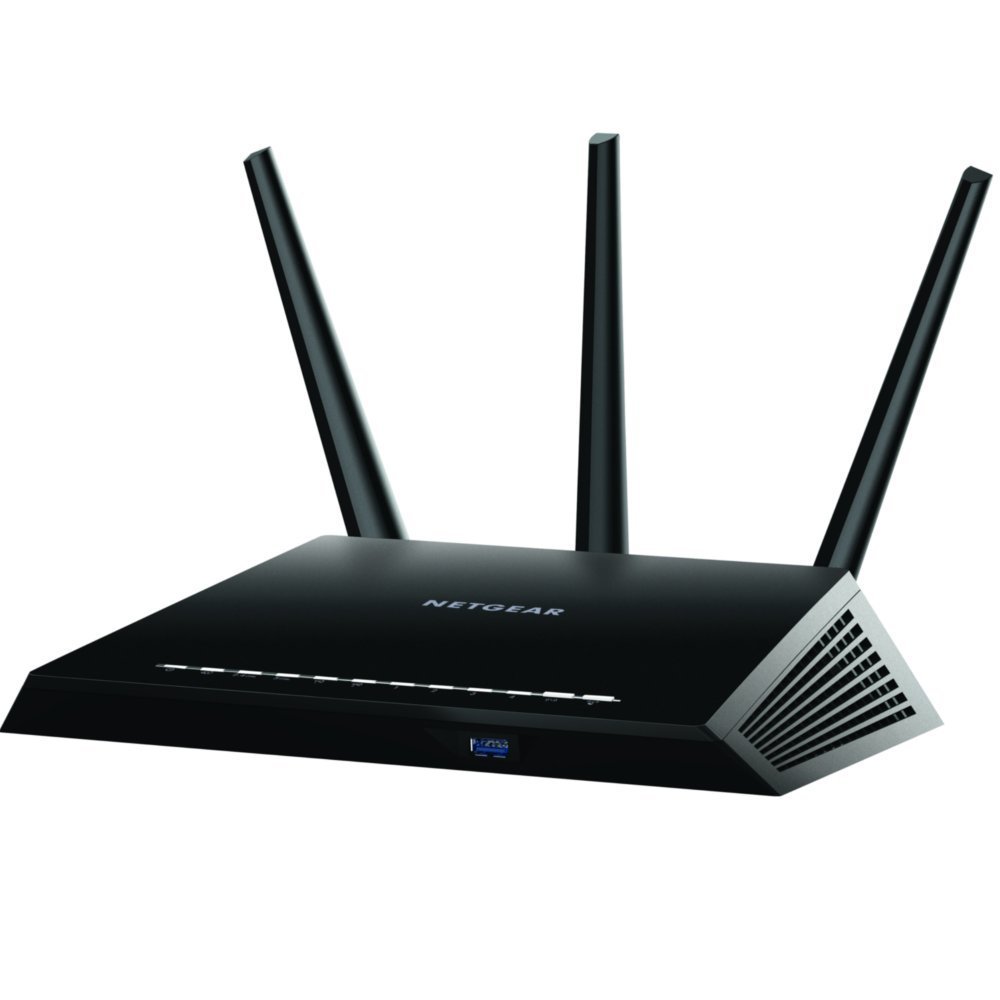

This is especially true for devices that require a lot of bandwidth. Our test states that the speed increase that working with dual or triple band offers more than justifies choosing this type of technology. Some of the devices that connect to the network may not support the 5 GHz frequency band and will need to connect to the 2.4 frequency band. So in our opinion it’s best to opt for the Wi-Fi 5 standard. This means that you cannot get the most out of a router with the latest Wi-Fi technology just yet. While the Wi-Fi 6 standard was released a couple of years ago, the test proves that most devices – mobiles, tablets, computers, etc. In comparison to the other types of connections with optic fiber it is essential that you check the compatibility of your router to all the services of your ISP – television, Internet, and sound. However, you can also keep the current installation by putting the ONT in bridge mode. If you have an optic fiber connection, you must keep your operator’s ONT and connect it through a network cable. The wireless router will manage the traffic of your home network. If your model doesn’t have this feature, you will have to connect it by cable to the modem-router of your Internet provider that will act as a bridge. If you have an ADSL connection, some routers on the market have a modem function so that you can completely replace the one provided by your ISP. In the following section, you will learn more about the main purchasing criteria to consider before making your final decision.

If you have decided to buy a wireless router to improve the speed and performance of your Wi-Fi network, in our opinion it’s best that you start by analyzing your connection needs and how often you use it.
:max_bytes(150000):strip_icc()/1LW4122554Back1-5bd0e0ee46e0fb0051ce1d64.jpg)
You will add yet another electronic device to your system.While this tends to be fairly straightforward, it can be challenging with some models. They need to be installed and configured.But in our opinion wireless routers also have a couple of drawbacks, and it’s best that you know them too before making a decision. You should already be familiar with a few of the many advantages these devices have to offer to your home Wi-Fi network. Advantages and disadvantages of Wireless Router In our opinion this standard will integrate new technologies, although few devices support it so far, and it cannot be fully exploited yet. It guides the Wi-Fi signal to the devices (improved Beamforming). WiFi 6: The speed goes up to 6,000 Mbps, and expected to reach 11,000 Mbps.Our product test confirms that it supports even more simultaneous and less interfering connections (enhanced MU-MIMMO). It guides the Wi-Fi signal to the connected devices (Beamforming technology). It supports simultaneous signals -in comparison to WiFi 4- so that various connected devices are served at the same time (MU-MIMO technology). WiFi 5 (Wi-Fi AC or Wave 2): The speed goes up to 1,733 Mbps on the 5 GHz band. The waiting time is imperceptible, just a few hundredths of a second, but our test shows it can lead to small delays (lags). The router only handles one device at a time, with the others waiting in line. Each one of these types has been an improvement in comparison to the previous one in both connectivity and speed. The 82.11.ax is a new protocol that has been developed and is already being commercialized in certain routers under the name Wi-Fi 6.

The Wi-Fi type known as 82.11.n has been renamed Wi-Fi 4, and the 82.11.ac has been renamed Wi-Fi 5. The most recent ones, however, were renamed in 2019. The nomenclature of Wi-Fi technologies is continually changing, with old standards (82.11a, b, and g) not being renamed because they are already considered outdated. If technology is generally developing rapidly, in our opinion it is advancing at lightning speed when it comes to networks and the Internet.


 0 kommentar(er)
0 kommentar(er)
